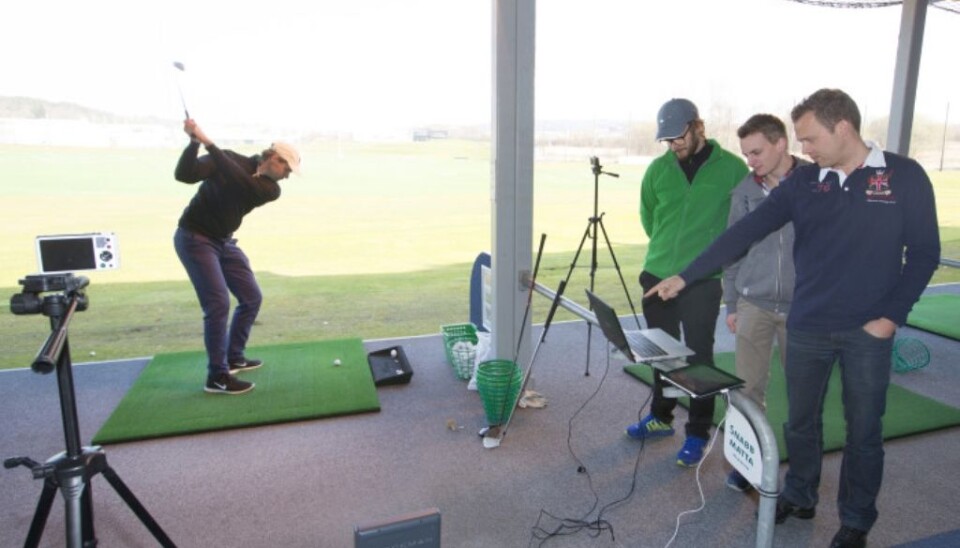
A Darwinian approach to golf
Powerful computer models use a genetic programming system for making predictions with the help of a simulated natural selection. A Swedish researcher has used the technique to find the perfect way to swing a golf club.
As computers get increasingly powerful they make ever more advanced digital models. Intelligent computers which learn as they work can fine-tune models as they go, yielding even more precision.
Schemes or campaigns can be tested using so-called predictive modelling without making costly mistakes in the real world, such as the response to an advertising campaign.
Computers learn from positive and negative results, finding correlations and explain why a particular consequence can be expected.
Darwinian principle of natural selection
An effective method for developing good digital models is genetic programming (GP), which uses the Darwinian principle of natural selection to quickly breed better offspring.
A Swedish project analysed the golf strokes of 500 golfers to find out what separates a good swing from a bad one. This will help in prescribing personally tailored exercises for individual golfers based on their style of stroke and physique.
At the University of Borås, the Swedish computer scientist Rikard König has developed a technique for adapting GP to predictive modelling.
“Historically, GP it has only been put to limited use as it is technique requiring heavy computing, But now that problem has been solved as computers have become so powerful,” says König.
Starting with a thousand random models
Genetic programming can combine two promising digital models to create a second generation, which inherits the better qualities of both “parents”. It is then perfected and calibrated more and more through successive generations.
One can start with a thousand random models and let them compete with one another. With each round of competition, calculations are made of how far the models are off the mark from known examples, where a correct solution is at hand. The poorest is discarded and a sort of natural selection process kicks in, round by round.
In time the result is a model which is sufficiently accurate.
Evolution is a powerful method
“What’s fascinating is that evolution is a powerful method for testing all possible solutions,” says König.
“For instance we can do blood tests on 100 patients who already have diagnoses. Through these known examples we can develop a model with the help of GP which can compute with a minimum of error.”
“If the patient group is representative, the model can be used to make diagnoses for new patients. This can require just a fraction of the tests which would be needed to make a computer model.”
Struggling with complex models
But one problem with the GP technique is that it struggles with very complex models. As GP searches across all possible solutions, the number of potential solutions mushrooms when the model is more complex and the task can become insurmountable.
König thinks he has overcome this problem with a hybrid technique, combining GP with a traditional method.
“The solution is to introduce accurate models made through traditional predictive techniques to a generation, thus guiding searches into a promising direction,” he says.
There are really no limits to what can be analysed through GP modelling. In addition to analysing the mechanics of great golf strokes, Rikard König is currently cooperating with the Swedish lorry giant Scania on a project in which the data from thousands of trucks are analysed to see how drivers affect fuel consumption.
“As with all predictive techniques, GP can be used in a huge array of areas – just as long as there is sufficient data on what you want to study,” says König.
------------
Read the Norwegian version of this article at forskning.no
Translated by: Glenn Ostling








